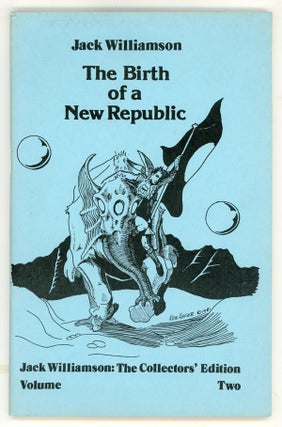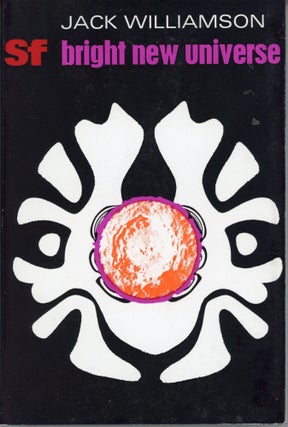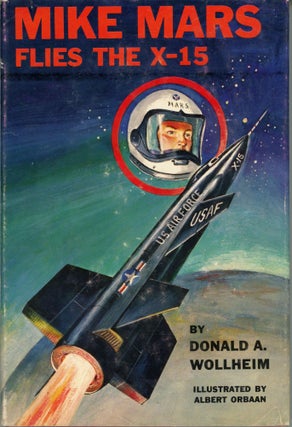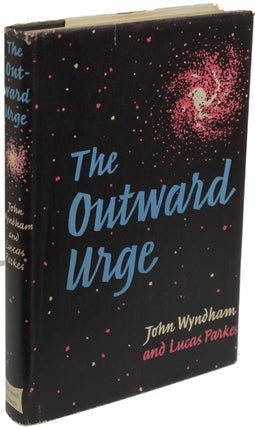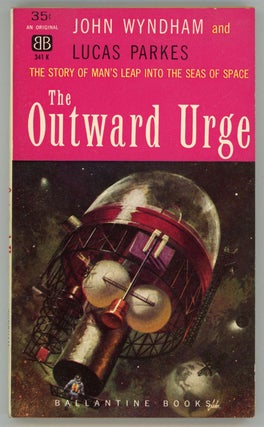The Apollo 11 mission landed on the Moon on July 20, 1969. This list, showcasing Lunar travel in fact and fiction from Lucian to the present, has been compiled to honor this event.
The mechanics of space travel were secondary to the object of satire in most of the early interplanetary voyages. In the 19th century, writers like Chrysostom Trueman (i.e. H. Cowen), George Tucker and Jules Verne added more seemingly realistic technical methods of travel to their stories of space exploration, especially the use of anti- gravity metal, a popular method of propulsion into the 20th century. The rocket experiments conducted by Robert H. Goddard in America and scientists in Russia, England and Germany led to the perfection of the liquid fuel rocket engine, most notably used in the German V-2 rocket bomb in World War II. After the war, rockets launched satellites, animals and, ultimately, humans into space. The Lunar fiction by Jules Verne, Kurd Lasswitz, H. G. Wells, Otto Willi Gail, Arthur C. Clarke, Robert A. Heinlein, and others inspired and influenced the scientists who made mankind’s dream to reach the Moon a reality.


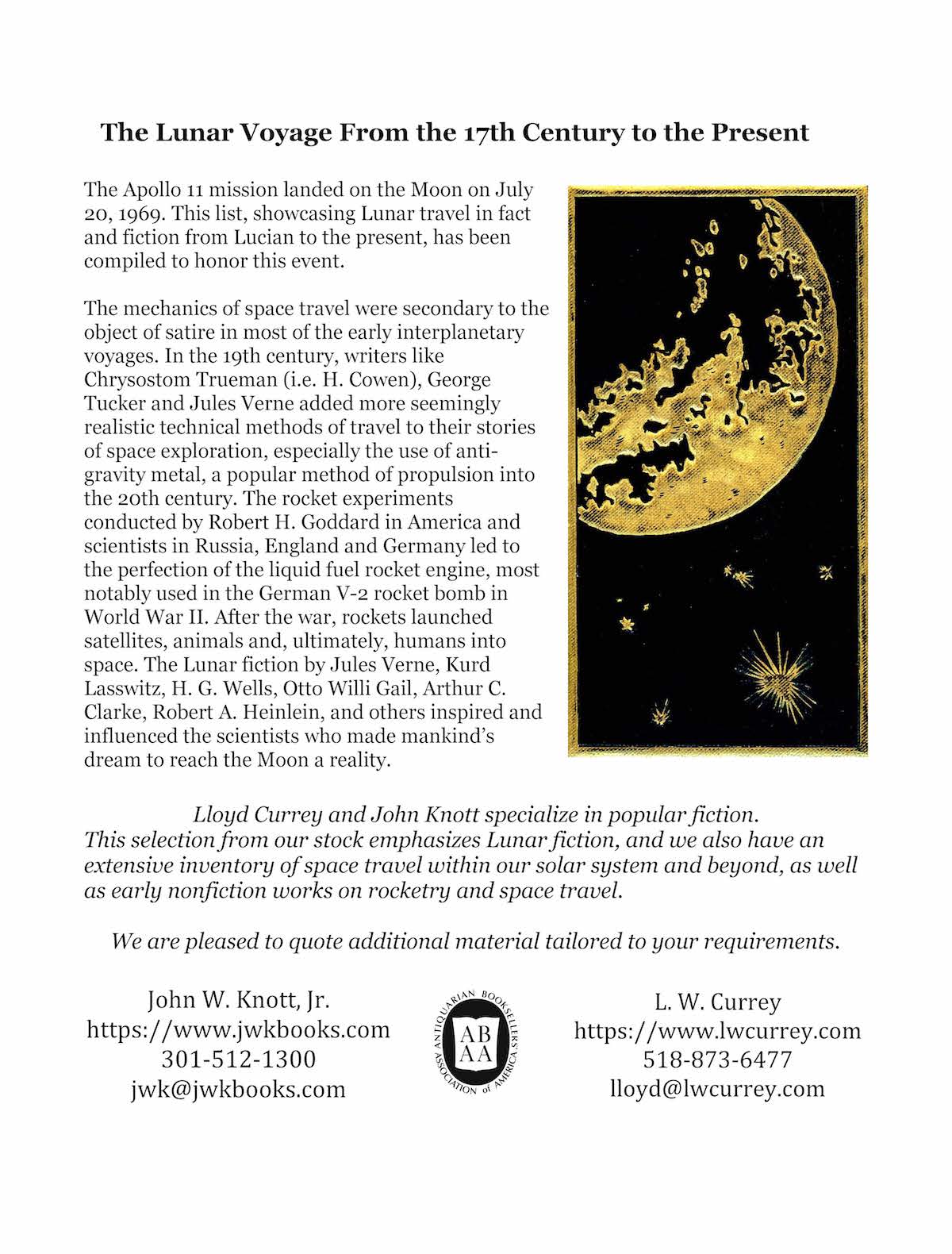
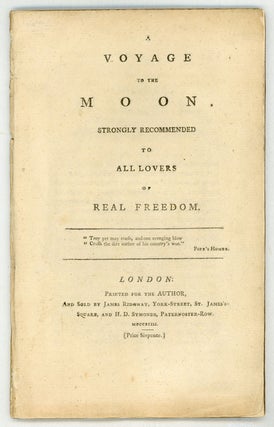
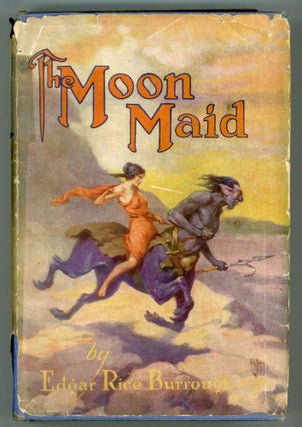
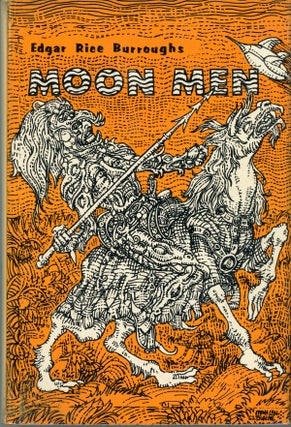
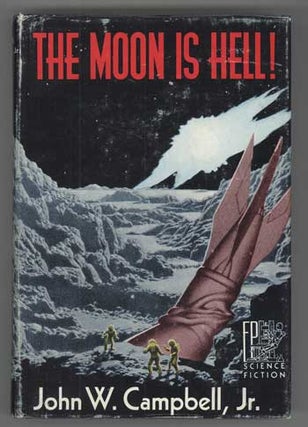
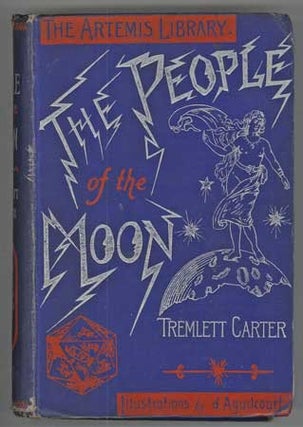
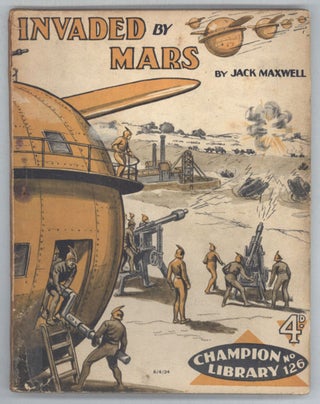
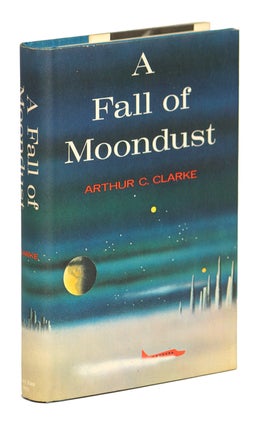
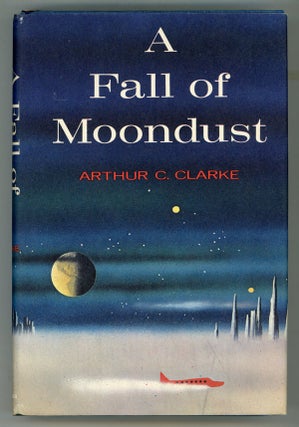
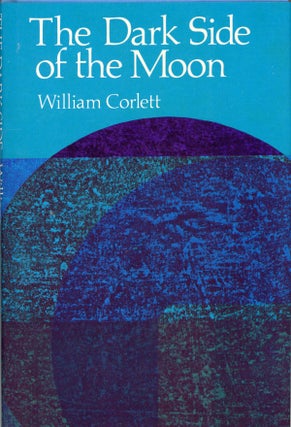
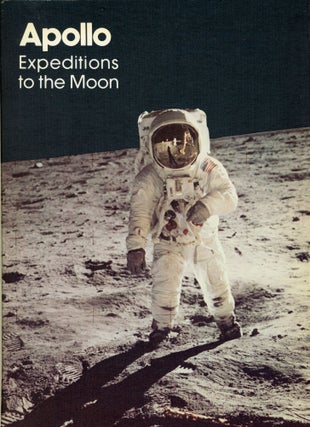
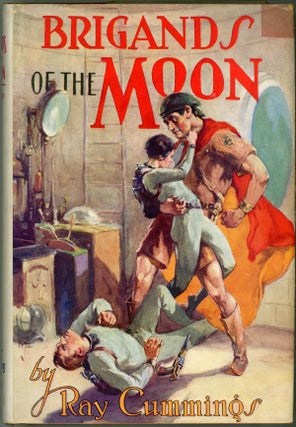
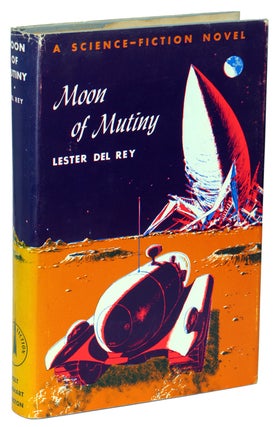
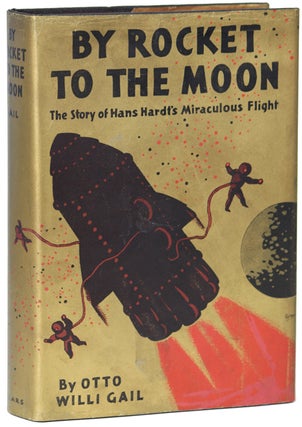
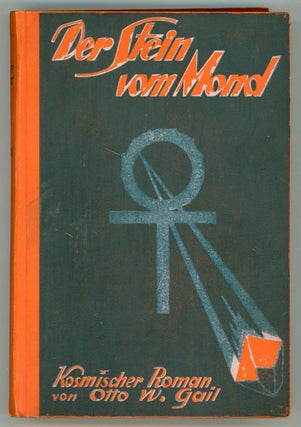
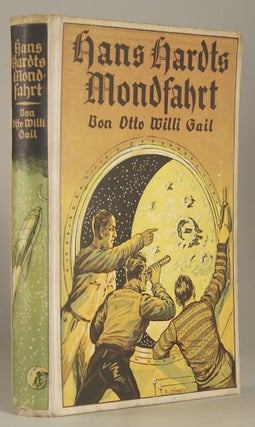
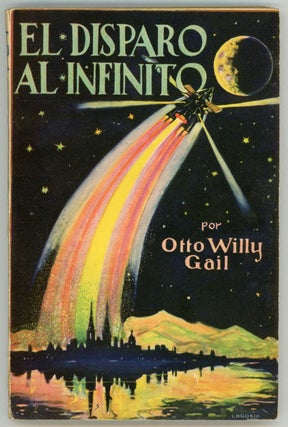
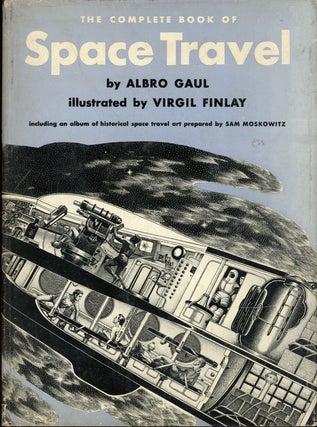
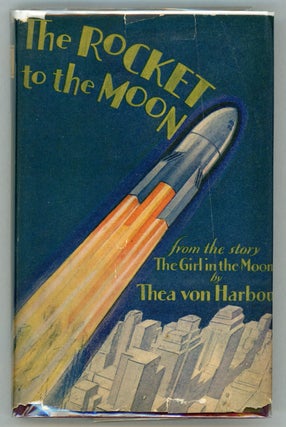
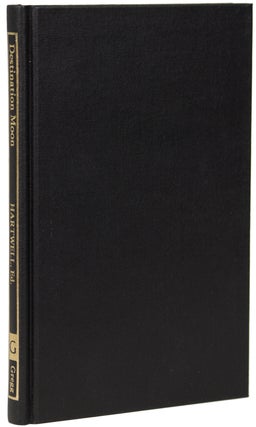
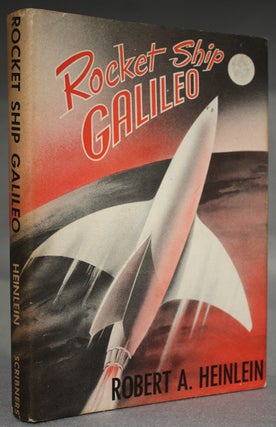
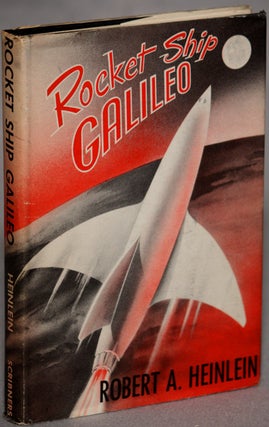

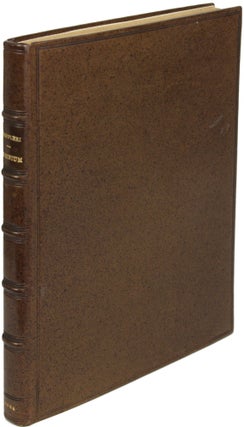

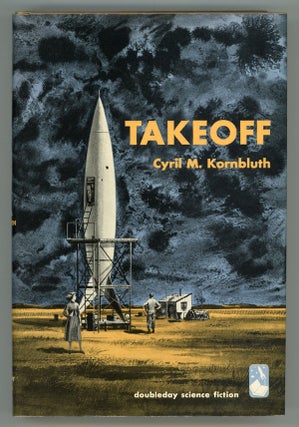
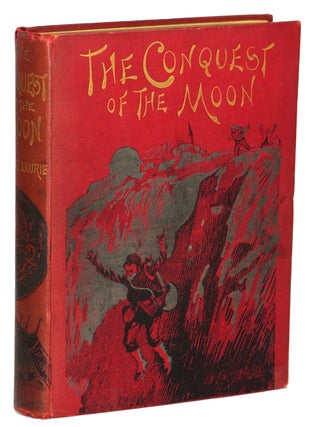
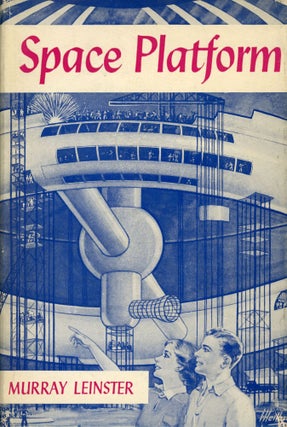
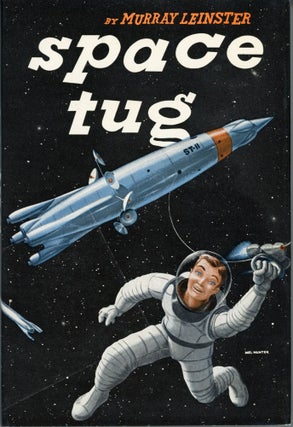
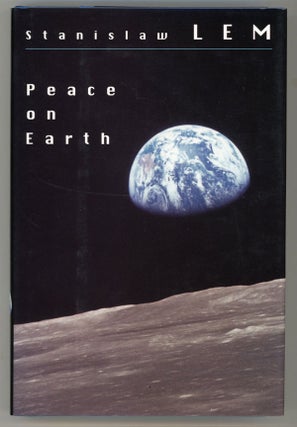
![#157974) UNIVERSE DAY [by] K. M. O'Donnell [pseudonym]. Barry N. Malzberg, "K. M. O'Donnell."](https://lwcurrey.cdn.bibliopolis.com/pictures/157974.jpg?width=320&height=427&fit=bounds&auto=webp&v=1682009601)
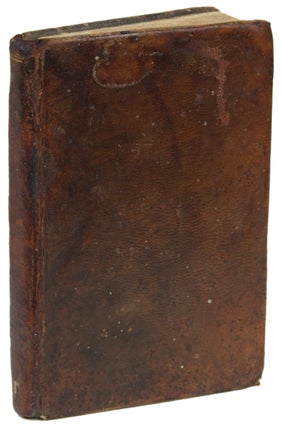

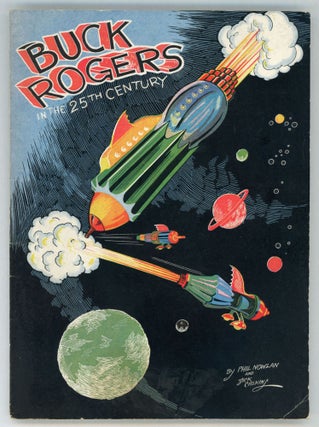
![#162935) LUNARIUM [text in Russian]. E. Parnov, L. Samsonenko](https://lwcurrey.cdn.bibliopolis.com/pictures/162935.jpg?width=320&height=427&fit=bounds&auto=webp&v=1682013814)
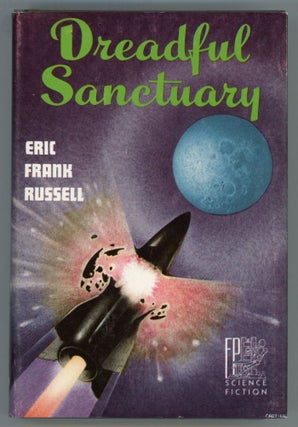
![#151358) THE MENACING SLEEP [by] Roy Sheldon [pseudonym]. used house pseudonym, Herbert James...](https://lwcurrey.cdn.bibliopolis.com/pictures/151358.jpg?width=320&height=427&fit=bounds&auto=webp&v=1682008042)
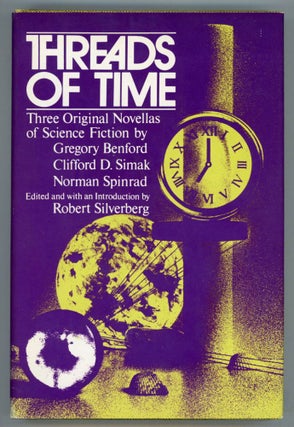
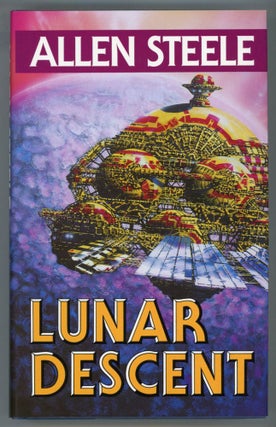
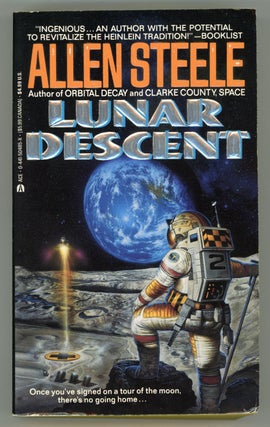

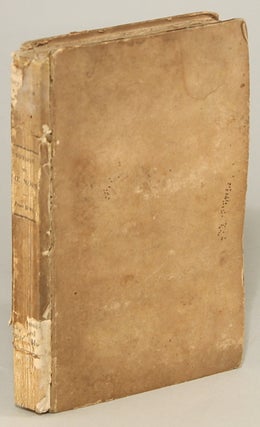

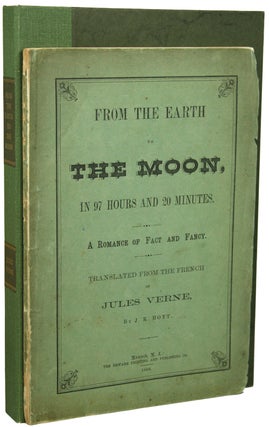
![#160143) SOCIALISM AND THE SCIENTIFIC MOTIVE ... [caption title]. Wells](https://lwcurrey.cdn.bibliopolis.com/pictures/160143.jpg?width=320&height=427&fit=bounds&auto=webp&v=1682011979)
